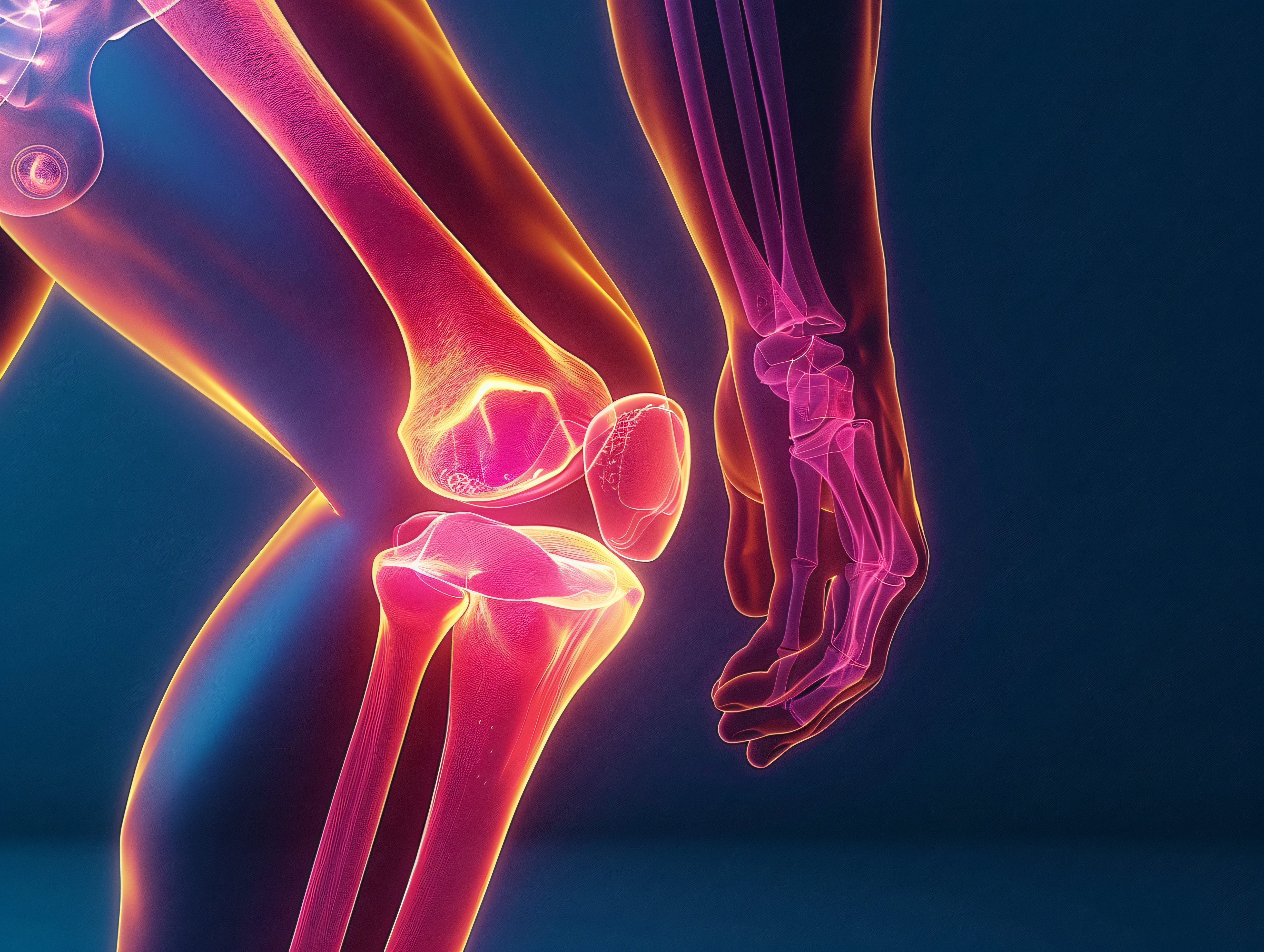Knee pain and arthritis
Prof. Dr. Shishir Lakhey, Principal Consultant and Head of the Orthopedic Services at Nepal Mediciti has a popular knee replacement and arthroscopic surgery practice. He explains this common health problem of degenerative knee arthritis prevalent in conte

- What is knee arthritis?
The commonest cause for knee pain seen in Nepali society, as seen in my practice as an orthopaedic surgeon, is degenerative arthritis of the knee. It is also known as osteoarthritis of the knee.
The knee joint comprises of the upper end of the shin bone, lower end of the thigh bone and the knee cap. The joint surfaces of all the three bones in the knee, as in all the other joints, are lined by cartilage. This cartilage is responsible for the smooth functioning of the knee joint.
When a person stops growing and age increases, the process of degeneration of the cartilage sets in. This normal aging process leading to wearing out of the joint is known as degenerative joint disease, also known as osteoarthritis. The knee pain of osteoarthritis starts in most individuals only in their 40s or 50s. With advancing age, the mild osteoarthritis progresses to moderate and finally the advanced form of arthritis.
- Can degenerative arthritis be prevented?
Aging is the law of nature and developing osteoarthritis is a part of the aging process. Therefore, primary degenerative arthritis cannot be prevented. It can only be slowed down. However, the pain of arthritis can certainly be treated and controlled. The treatment offered to the patient by the orthopaedic surgeon will depend on the stage of the degenerative process: whether it is mild, moderate or advanced.
- Will a knee injury in the past quicken the onset of degenerative arthritis(osteoarthritis)?
A knee injury in the past involving fractures, ligament, cartilage or meniscal injuries, if untreated or inadequately treated, can rapidly lead to osteoarthritis of the knee joint.
- Can obesity contribute to osteoarthritis?
The obese or overweight individual places much more weight in his/her knees than the normal weight person in carrying out activities of daily living. You can imagine the tremendous loading on the knee joint if this person involves himself/herself in strenuous physical activities. Thus, the poor knees of the obese individual become worn out more easily and much earlier than in the normal weight individual.
- How can we prevent obesity?
Poor dietary habits of the Nepali people have led to a high prevalence of obesity in contemporary Nepali society, especially in urban areas. We eat more than the amount that is required for our bodies and quite often, we eat unhealthy food.
We must appreciate that in modern times, the urban Nepali do not require to work physically like our fore-fathers did. This means the calorie requirement for most of us is much less than in the past. Therefore, the quantity of food intake, especially carbohydrates like rice and wheat in the sedentary worker should be proportionately reduced. Refined wheat products like bakery items and ‘maida’ products should be minimized. Sugar, sugar-laced cold drinks and fruit juices should be avoided. Vegetable proteins like legumes and pulses, milk, curd or meat are good sources of proteins and need to be taken in moderation. Milk and milk products are good sources of proteins and also of calcium, which is important for bone and joint health. One should eat healthy and maintain ideal weight. Maintaining a slim figure prevents unnecessary loading of the joints and helps prevent early onset osteoarthritis.
- Can strenuous physical exercises exacerbate osteoarthritis?
It is a poor strategy for an obese person, with knee pain and arthritis and wants to lose weight, to partake in strenuous physical exercises. Some of them are trying to lose weight to keep their diabetes or high blood pressure under control while others are trying to lose weight as a treatment strategy to combat osteoarthritis.
High impact, strenuous exercises like rigorous badminton, jogging and ‘jumba’ are detrimental to the knees and should be avoided in patients with knee pain and arthritis. They exert tremendous amount of loading on the joints and accelerate the arthritic process. Even exercises like treadmill and ‘strenuous’ morning walks are to be avoided as they increase joint loading and accelerate the arthritic process. However, walking for necessity or pleasure which is of non-strenuous nature is quite okay.
- Which are the exercises recommended for the patients with knee osteoarthritis?
The aerobic exercises recommended for the person with knee pain and arthritis are exercise cycling, elliptical trainer and swimming.
The physiotherapy exercises to build up the thigh muscles as taught by the physiotherapists are an integral part of treatment of knee osteoarthritis and should be ideally practiced twice a day.
- What is the treatment of knee osteoarthritis?
Painful mild osteoarthritis is treated by physiotherapy exercises and painkillers, when required. Moderate osteoarthritis may additionally require plasma and/or steroid injections inside the knee joint, depending on their indications. In the stage of advanced arthritis, walking with the help of a walking stick, using a knee brace in addition to all of the above may be required. Despite all measures of treatment tried, it may still be unable to provide pain relief to the patient. Often the arthritic knees will appear bent and there may be pain at night disturbing sleep and bringing about a deterioration in the quality of life of the patient. In this condition, knee replacement surgery may be the only solution that can help the patient.
- What is knee replacement surgery?
Knee replacement surgery involves removing the completely worn-out and painful joint surfaces of the knee joint and replacing them with smooth medical grade steel and plastic implants, which then functions as the painless and smooth ‘new knee’.
- How successful is knee replacement surgery?
If done for the right indications, it is a highly successful and gratifying operation, which can dramatically improve the quality of life of the patient suffering from symptoms of advanced knee osteoarthritis.


